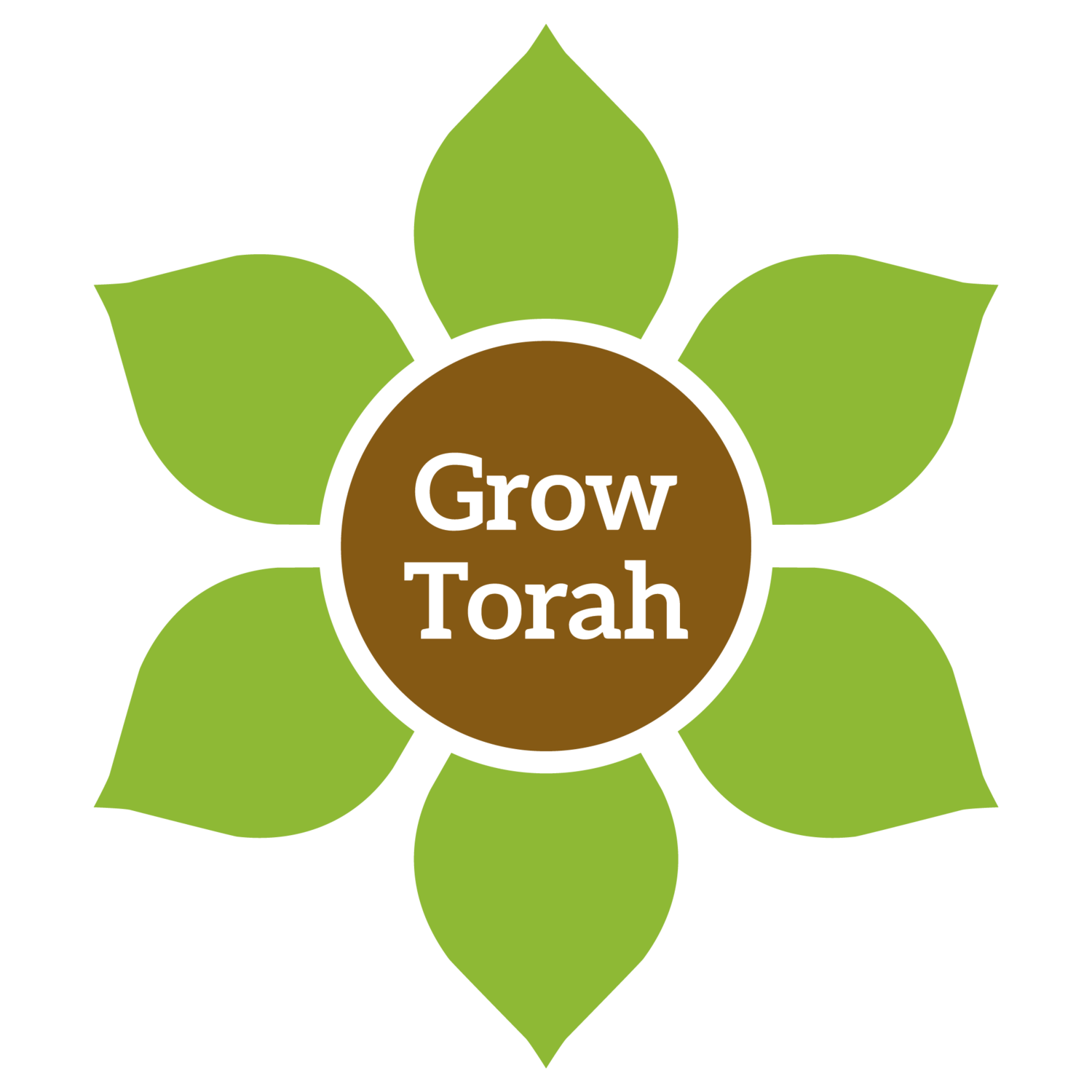Watermelon - אֲבַטִּיחַ
Agricultural Information:
Family: Gourds (Cucurbitaceae Juss)
Scientific name: Citrullus lanatus
A sprawling annual from the gourd family (Cucurbitaceae), bearing large, sweet, and juicy fruits. It originates from the savanna regions of Africa. In our region, watermelon cultivation was known in ancient Egypt and later spread throughout the Middle East and the Mediterranean Basin. Although the fruit stores a large amount of water, it grows without irrigation in dryland farming.
The watermelon was likely domesticated from the Citrullus colocynthis, a wild plant found in our region. This plant bears a toxic fruit, which was mistakenly cooked by the sons of the prophets in Elisha’s time in a pot of stew, prompting them to cry out: “Death in the pot!”
Watermelons are mainly eaten fresh, and their seeds are roasted for consumption. To allow the seeds to fully develop and be suitable for sales, it is common practice to leave the fruit in the field for some time after ripening.
Historical Information:
Avatiach is mentioned once in the Torah as one of the foods the Israelites ate in Egypt. In the Mishnah, avatiach is mentioned as a plant that may not be used to help a vine take root in order to facilitate its growth in the soil. Other references discuss its consumption as a snack without tithing, among other laws. The avati’ach mentioned in the Mishnah is the same species as the modern watermelon.
Halachic Information:
Kilei zera’im & kilei hakerem (interplanting: annuals & grapevines): Gourds have a high tendency to spread in fields. Some opinions state that a distance of two cubits (approx. 1 m) must be maintained from other species in all directions. If planting two different gourd species, the required separation is four cubits (approx. 2 m). This distance must also be maintained from grapevines.
Grafting: In recent years, due to reduced pesticide use, various gourd species—such as watermelon, melon, cucumber, and zucchini—have been grafted onto pumpkin rootstocks. While grafting dissimilar species is forbidden under the kilayim prohibition, but the resulting vegetable (or fruit) is permitted to eat post-facto. Currently, the research department at Torah VeHa’aretz Institute is researching ways to develop a commercial watermelon rootstock that meets both halachic and agricultural needs.
Terumot & ma’aserot (offerings & tithes): While it is permissible to eat fresh produce casually (achilat aray) in the garden without tithing when picked one at a time, for large fruits or vegetables that are generally not eaten in one sitting by one person, this is not the case. Fruits and vegetables, such as watermelon, are generally sliced and shared and thus are considered a more than one fruit. For this reason, they are obligated in terumot and ma’aserot from the time of harvest.
Kedushat shevi’it (sabbatical-year sanctity): While for vegetables, shemitah sanctity is determined by the time of harvest, if the watermelon was left in the field before shemitah solely for the ripening of its seeds or for the convenience of the farmer, then since its growth occurred in the sixth year, it does not assume shemitah sanctity.
Information about plants as they relate to torah and mitzvot has been generously provided by Mercaz Torah VeHa’aretz Institute.


